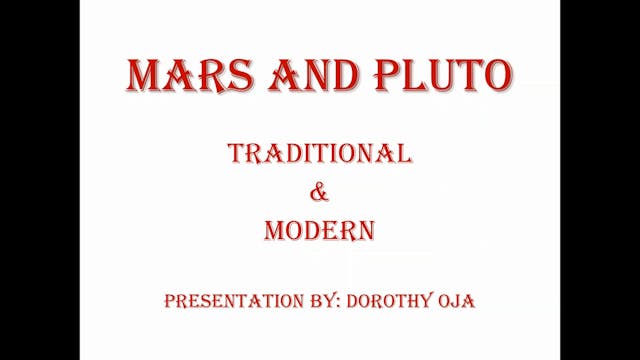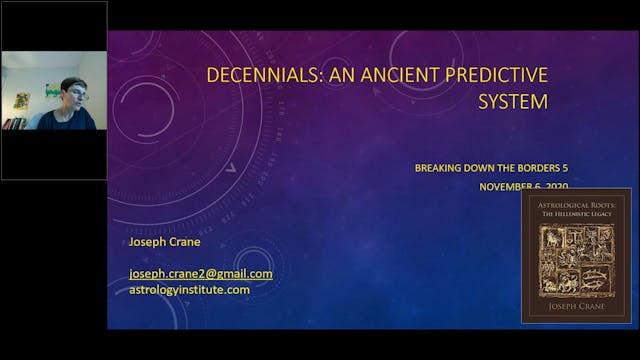The Great Conjunction: Persian Astrology Perspective, with Ehsan Khazeni
Traditional and Ancient Astrology
•
07-Nov-2020
Persian astrologers kept the track of time using several cycles, including the great conjunctions, for centuries. They based the conjunction points and cycles as one of the most deciding points of mundane astrology. The point of previous conjunction had been mentioned in birth chart of the kings and used to be interpreted as an important point in transits and progressions.
Abuma’shar balkhi, Muhyi-Aldin Anari, and Iranshah Neyshaburi were three of profound astrologers who wrote on this topic. Despite the fact that all the three were great, some controversies could found in their calculations. Thankfully, some of their charts and predictions remained, and we can re-examine them in both calculations and predictions, and use their techniques for the great conjunction of 2020!
Up Next in Traditional and Ancient Astrology
-
The Division of Sky in Chinese Astrol...
Ancient Chinese divided the sky into seven regions. Three of them, called the Three Enclosures, are near the north celestial pole and the polar star, while the other four, the Four Symbols, are along the zodiac.
These four zodiacal regions are symbolised with totems of dragon, tiger, turtle, and...
-
Mars and Pluto: Merging Traditional a...
Mars: Understanding the traditional ruler of Aries and Scorpio, the first and eighth house. How can we incorporate the recognized modern ruler of Scorpio, Pluto, and its relationship to the eighth house and its relationship to Mars? Mars came first, but how does Pluto fit in? We’ll explore some i...
-
Decennials: An Ancient Predictive Sys...
From the ancient world we find the roots of many of our modern astrological predictive techniques: transits, progressions and directions, solar returns. Planetary period (or chronocrator) systems, however, fell by the wayside, and that’s unfortunate, for they look at human time within a different...



